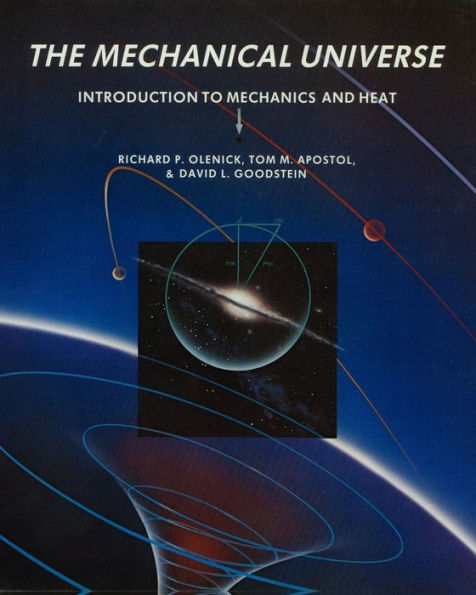5
1
9780521715928


The Mechanical Universe: Introduction to Mechanics and Heat available in Paperback

The Mechanical Universe: Introduction to Mechanics and Heat
- ISBN-10:
- 052171592X
- ISBN-13:
- 9780521715928
- Pub. Date:
- 01/14/2008
- Publisher:
- Cambridge University Press
- ISBN-10:
- 052171592X
- ISBN-13:
- 9780521715928
- Pub. Date:
- 01/14/2008
- Publisher:
- Cambridge University Press
110.0
In Stock

Product Details
| ISBN-13: | 9780521715928 |
|---|---|
| Publisher: | Cambridge University Press |
| Publication date: | 01/14/2008 |
| Pages: | 604 |
| Sales rank: | 801,830 |
| Product dimensions: | 8.07(w) x 9.25(h) x 1.18(d) |
About the Author
From the B&N Reads Blog
